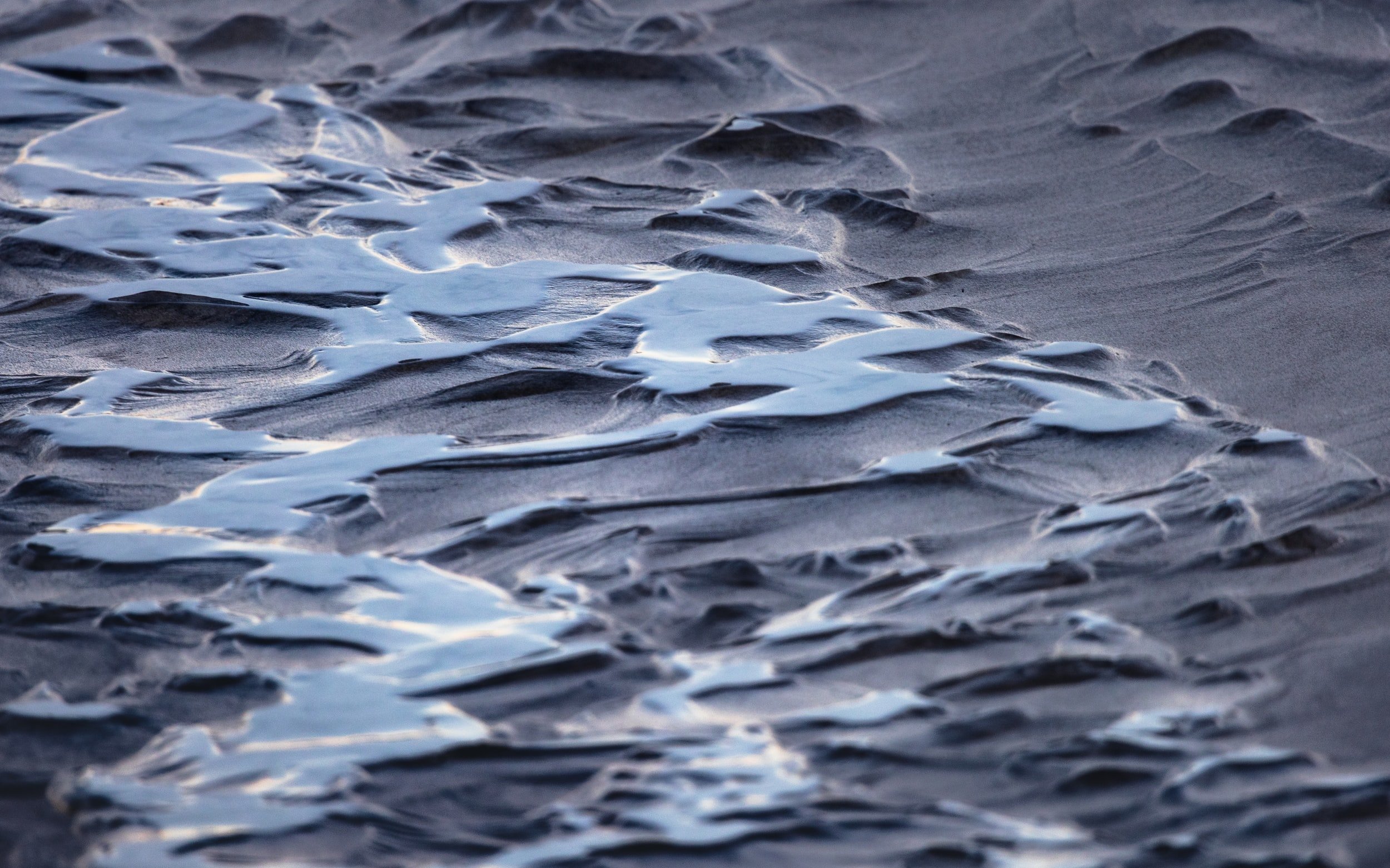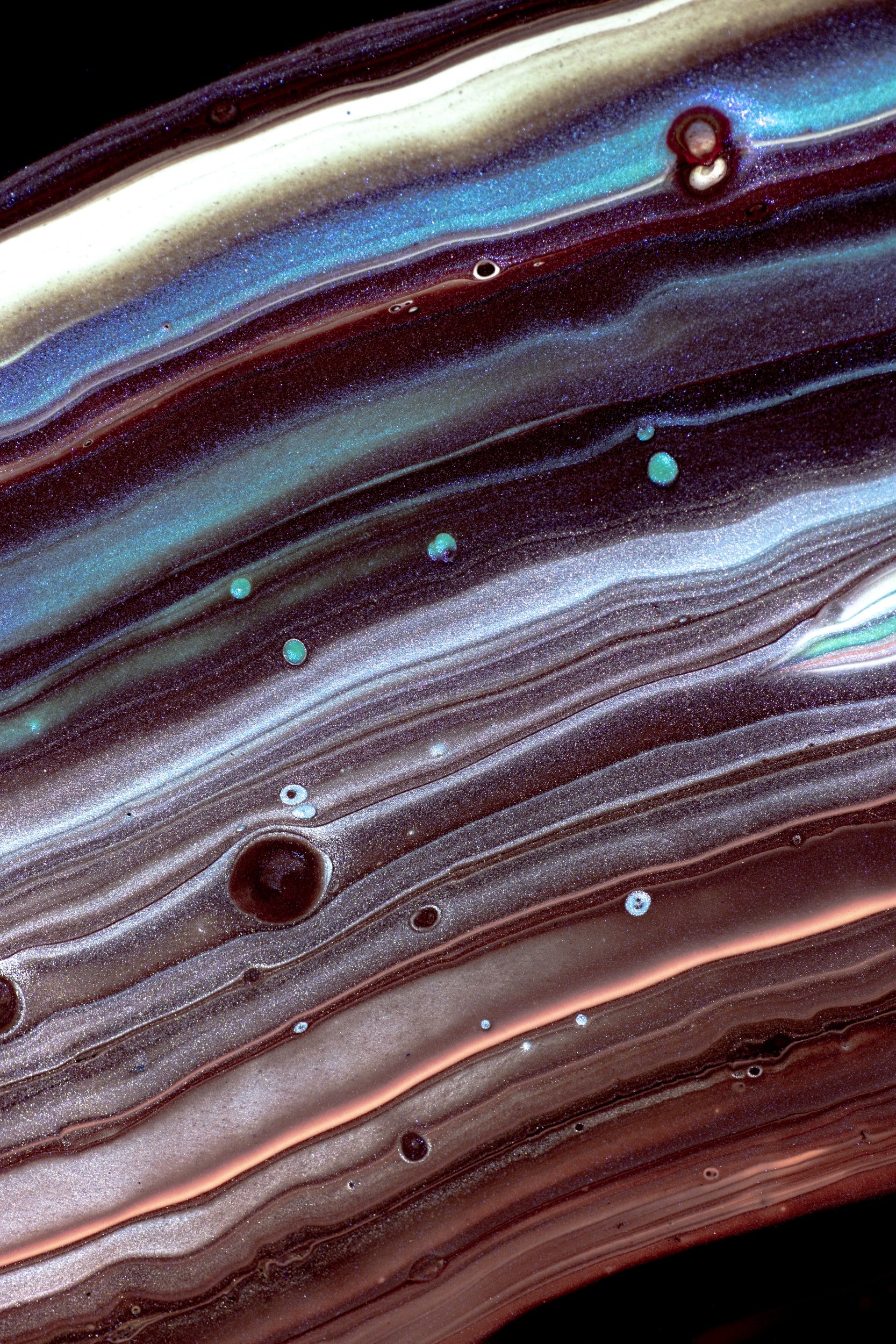
February 2021 Newsletter
Published February 1st at 10:00am PST
Road near Mont Sainte-Victoire
c.1902; Post-Impressionism; oil, canvas
Post-Impressionism was a movement that is defined by artists “expressing emotions rather than simply optical impressions, concentrating on themes of deeper symbolism. Through the use of simplified colors and definitive forms, their art was characterized by a renewed aesthetic sense as well as abstract tendencies.”

Table of Contents
February Astrological Events
Land of Ice and Snow | Wild Nordic
A Solution to Pollution
Glossary: A Solution to Pollution
Video: What Is This Martian Lake Doing In Canada?!
Violets: February’s Flower
Nature Crossword Puzzles
Energy Hour

FEBRUARY ASTRONOMICAL EVENTS
ASTRO BOY
February 1: New Moon
February 16: Full Moon (Snow Moon, Hunger Moon); Mercury at Greatest Western Elongation
Sky in Sacramento, CA on February 16, 2022 at 10pm
Can you spot the Full Moon?!
This image was produced by Stelvision. Link provided here:
Astrologically, February is a pretty quiet month, but that doesn’t mean there isn’t plenty to see in the night sky!
Click the button below to see a map of your night sky! Once you submit a date, time, and location, the website will show you the constellations visible to you. Check what to look for and where to look then grab a blanket and a cup of tea for an astrological scavenger hunt!
LAND OF ICE AND SNOW:
WILD NORDIC
CULTURE RADAR/
CRITTER CORNER
Picked by Quinn Gagos
This 45 minute National Geographic episode covers fascinating aspects of the Nordic wildlife and lifestyle: From fish that survived the last ice age to arctic surfers. Reindeer (that have unique fur for insolation) to the wolves that use their trails. The Sea Wolf with “antifreeze” in its blood to an animal that literally eats a ton a day. And one of my personal favorites since the 3rd grade: Puffins! Did you know their beaks change color? But that’s not all!
This video is worth the watch! Share your favorite fact with us on instagram @earthianscare or by email at earthianscare@gmail.com!
A SOLUTION TO POLLUTION
CRYSTAL CLEAR
By Abrar Hasanat
*Refer to glossary below.
The global population continues to grow at a breakneck pace, with predictions indicating that it will exceed 9.5 billion by 2050.₁ The extensive agricultural and industrial systems required to maintain such a big population will invariably result in a buildup of soil, water, and air pollution. According to Forbes, pollution is responsible for 8.3 million fatalities each year,₂ whereas the World Health Organization (WHO) reports that approximately 7 million people die each year as a result of the air they breathe.₃ Water systems fare no better, with over 70% of industrial waste being dumped into nearby waterways. Each year, at least 14 million tons of plastic enter the ocean, accounting for 80 percent of all marine debris discovered from surface waters to deep-sea sediments.₄
The purpose of the statistics above is to show that we need to control pollution as soon as possible. We simply cannot allow pollution to continue at its current rate; otherwise, we will not have a planet to call home in the future. Fortunately, a possible remedy to pollution may be closer than we realize. And it's all down to our tiniest pals, microorganisms.
The ability of microorganisms to break down and absorb a wide variety of organic and inorganic molecules is well known. The method of using microbes to clean up pollution treatment sites is currently in use which is known as Bioremediation.
Microorganisms are the driving force behind bioremediation's functioning mechanism. Bioremediation utilizes microorganisms to minimize pollution by biologically degrading contaminants into non-toxic chemicals. This might involve aerobic* or anaerobic* microorganisms that frequently utilize this breakdown as a source of energy.₅
There are various types of bioremediation.
It is classified into two types based on the strategies used:
In-situ technique: This is an approach that allows us to remediate* the connected groundwater and soil in place without excavating*.₆ Some of the most notable examples of the in-situ technique are:
Bioventing: Bioventing is a procedure that increases the flow of oxygen or air into the soil's unsaturated zone*, which accelerates the rate of natural in-situ breakdown of the targeted hydrocarbon pollutant. Bioventing, also known as aerobic bioremediation, is the most often used type of oxidative bioremediation.₇
Biostimulation: Bioremediation can be carried out by bacteria that are naturally present in the environment or adding nutrients, this process is called biostimulation.₈
Biosparging: Groundwater cleanup via injecting oxygen and, in certain cases, nutrients, is known as biosparging. Bacteria that are already present in the environment are sparked into action when oxygen is introduced in this process.₉
Ex-situ technique: The ex-situ bioremediation technique is polar opposite to the in-situ technique. This is a biological* approach during which unearthed soil is deposited in a lined above-ground treatment area and oxygenated after processing in order to speed up the breakdown of organic pollutants by the indigenous bacterial population.₁₀ Some of the most notable examples of this technique are:
Biopiles: Biopiles, similar to bioventing, are used to minimize petroleum pollutants in contaminated soils by injecting aerobic hydrocarbons*. However, an aeration system is used to excavate and pile the soil.
Windrows: Windrow systems are similar to composting processes in which the soil is stirred periodically to improve aeration.
Based on microorganisms, bioremediation is divided into three parts:₁₁
Bacterioremediation: Bacterioremediation is a kind of remediation in which bacteria act as bioremediants to remediate a wide range of contaminants either in-situ or ex-situ.
Phytoremediation: Different types of plants are used in phytoremediation to stabilize, remediate, decrease, or recover contaminants in sediments, soil, and water, among other places..
Mycoremediation: Mycoremediation occurs when we use a variety of fungus to decontaminate a zone.
Advantages of bioremediation:₁₂
It is beneficial to degrade pollutants derived from a wide variety of contaminants and transform them from their harmful state to a non-hazardous state.
Completely natural and has a quick turnover time.
This method can treat toxins in their original place, eliminating the need to transfer contaminants from one medium to another.
Very cost-effective and has a low maintenance cost.
Positive public acceptability as a result of natural processes and minimal disturbance
Reduces liability by minimizing the risk of contaminants escaping
Disadvantages of bioremediation:₁₃
It is necessary to have a healthy microbial population and proliferation. This is due to the fact that biological mechanisms are highly precise.
It takes a lot of time to accomplish the process.
Restricted to only biodegradable compounds.
Bioremediation is not a new technology, but as our understanding of the underlying microbial processes grows, so does our capacity to use them. Bioremediation frequently consumes fewer resources and energy than traditional techniques and does not generate toxic by-products. Although bioremediation has technological and economic advantages, it frequently takes longer to complete than traditional approaches.
Bioremediation can be adapted to the demands of the polluted location in question, and the specific bacteria required to degrade the contaminant can be encouraged by selecting the appropriate limiting factor* for their growth. This tailoring can be enhanced further by pre-adapting bacteria to the contamination in the environment to which they would be added using synthetic* biology methods.
Pollution endangers human health and degrades the ecosystem, impairing animals and the planet's sustainability. Our soils' degradation has a detrimental effect on our ability to grow food. Bioremediation can help to reduce and remove the pollution we produce, to provide clean water, air, and healthy soils for future generations.
While there is no literal solution to pollution, this approach of bioremediation may be one of the most effective ways to mitigate the damage that has already been done. A few additional years of research and technology improvement in this area could actually provide the answer to a slew of complex concerns posed by ever-increasing pollutants.
Works Cited:
“Growing at a Slower Pace, World Population Is Expected to Reach 9.7 Billion in 2050 and Could Peak at Nearly 11 Billion around 2100 | UN Desa Department of Economic and Social Affairs.” United Nations: Department of Economic and Social Affairs. United Nations, June 17, 2019. https://www.un.org/development/desa/en/news/population/world-population-prospects-2019.html.
McCarthy, Niall. “Study: Pollution Kills 8.3 Million People Annually [Infographic].” Forbes. Forbes Magazine, December 20, 2019. https://www.forbes.com/sites/niallmccarthy/2019/12/20/study-pollution-kills-83-million-people-annually-infographic/?sh=55238b1c6bd7.
“Stressing Air Pollution Kills 7 Million People Annually, Secretary-General Urges Governments to Build Green Economy, in Message for World Environment Day | Meetings Coverage and Press Releases.” United Nations: Meetings Coverage and Press Releases. United Nations, May 31, 2019. https://www.un.org/press/en/2019/sgsm19607.doc.htm.
“Marine Plastic Pollution.” IUCN. International Union for Conservation of Nature, November 17, 2021. https://www.iucn.org/resources/issues-briefs/marine-plastic-pollution.
“Bioremediation: Overview.” CLU-IN. U.S. EPA Office of Superfund Remediation and Technology Innovation, December 27, 2021. https://clu-in.org/techfocus/default.focus/sec/Bioremediation/cat/Overview/.
“In Situ Bioremediation.” In Situ Bioremediation - an overview | ScienceDirect Topics. ScienceDirect. Accessed February 1, 2022. https://www.sciencedirect.com/topics/earth-and-planetary-sciences/in-situ-bioremediation.
“Bioventing.” Bioventing - an overview | ScienceDirect Topics. ScienceDirect. Accessed February 1, 2022. https://www.sciencedirect.com/topics/earth-and-planetary-sciences/bioventing.
“Biostimulation.” Biostimulation - an overview | ScienceDirect Topics. ScienceDirect. Accessed February 1, 2022. https://www.sciencedirect.com/topics/biochemistry-genetics-and-molecular-biology/biostimulation.
“What Is Biosparging.” IGI Global. IGI Global. Accessed February 1, 2022. https://www.igi-global.com/dictionary/biosparging/49448.
“Ex-Situ Bioremediation.” Vertase FLI. VertaseFLI. Accessed February 1, 2022. https://www.vertasefli.co.uk/our-solutions/expertise/ex-situ-bioremediation#:~:text=Ex%2Dsitu%20bioremediation%20is%20a,by%20the%20indigenous%20microbial%20population.
“What Is Bioremediation? Types and Examples of It.” Earth Reminder. Earth Reminder, March 7, 2021. https://www.earthreminder.com/what-is-bioremediation-types-and-examples/.
“What Is Bioremediation, Bioremediation Benefits, & More.” ESD Waste2Water. ESD Waste2Water, November 24, 2021. https://www.waste2water.com/bioremediation-benefits-and-uses/.
Bose, Priyom. “Bioremediation: An Overview.” AZO Life Sciences, June 15, 2021. https://www.azolifesciences.com/article/Bioremediation-An-Overview.aspx.
GLOSSARY: A SOLUTION TO POLLUTION
MR. GREEN
Aerobic₁
Anaerobic₁
Biological₁
Excavating (excavate)₁
Hydrocarbons₁
Limiting factor₂
anything that [limits] a population's size and slows or stops it from growing
Remediate₁
Synthetic₁
made from artificial substances, often copying a natural product
Unsaturated zone₃
The unsaturated zone, immediately below the land surface, contains water and air in the open spaces, or pores. The saturated zone, a zone in which all the pores and rock fractures are filled with water, underlies the unsaturated zone. The top of the saturated zone is called the water table. The water table may be just below or hundreds of feet below the land surface.
Definitions are direct quotes from the below Resources:
VIDEO: What Is This Martian Lake Doing In Canada?!
GEO BLAST
SPOTTED LAKE: British Columbia, Canada
Facts about Canada’s Spotted Lake
Video: What Is This Martian Lake Doing In Canada?! by Science Channel.
Cover Photo sourced from The New York Times
Drone video of Spotted Lake
Video: Spotted Lake in British Columbia by Chris Collacott /AVISION.CA
Sourced from The New York Times

VIOLETS: FEBRUARY’S FLOWER
FLORA FERN
February’s birth flower is the Violet! Watch the video below to learn some interesting facts about the Common Blue Violet like how ants help plant their seeds! Presented by Ranger Meg of Tennessee State Parks.
*Do not consume plants without certainty of their toxicity.

NATURE CROSSWORD PUZZLES
NEURO NASH
Work your mind and test your knowledge on various nature trivia!
The site provides multiple crosswords in an interactive format. Click on the cell you want to fill in and type out your answer! The site will check your work as you go!
I did this puzzle here and had a lot of fun (and I’m usually not very good at crosswords)!
For more puzzles click the button below!
ENERGY GIRL
ENERGY HOUR
Tuesdays from 7pm-8pm
Turn off all energy-using lights, appliances, and heating/cooling systems!
If you're wondering what to do without TV or a laptop charger here's some ideas!
-Color, Arts and Crafts
-Puzzles: jigsaw, crosswords
-Board Games
-Clean
-Talk to your housemates!
Editor’s Note: Earthians Care is a dual education platform. While our writers are here to spread information to readers, they are themselves learning about these topics. Our writers are not professionals in the field, nor are they professional writers and researchers. While we all do our best to relay accurate information, we encourage you to explore topics on your own as well. The sources given in the newsletter are a great place to start! If you are aware of any inaccurate information presented in our newsletter, please notify us at earthianscare@gmail.com Subject: Correction.



